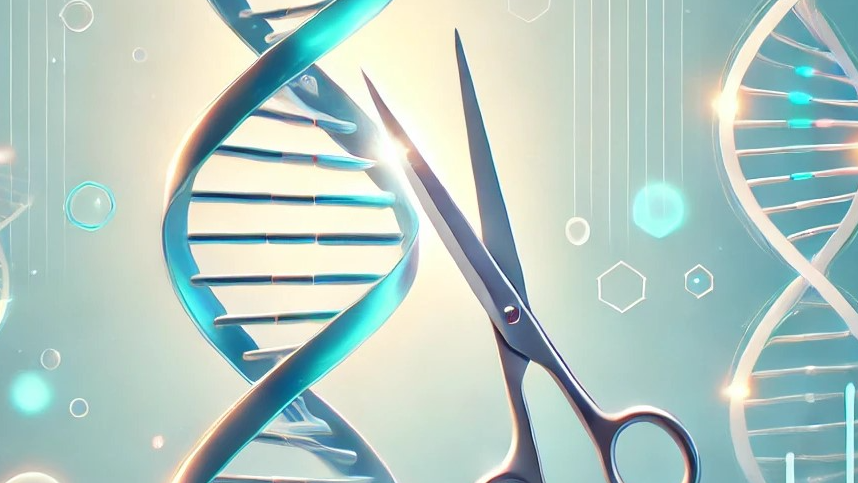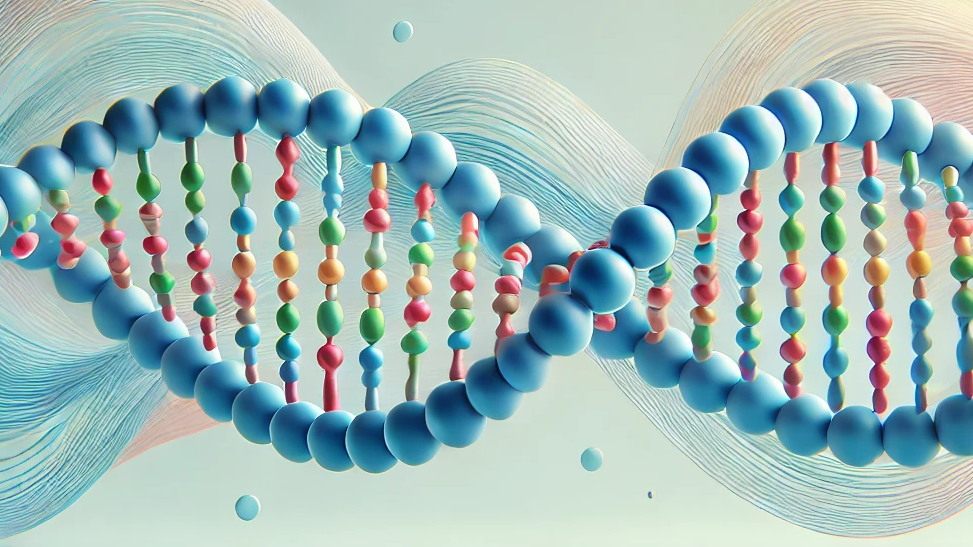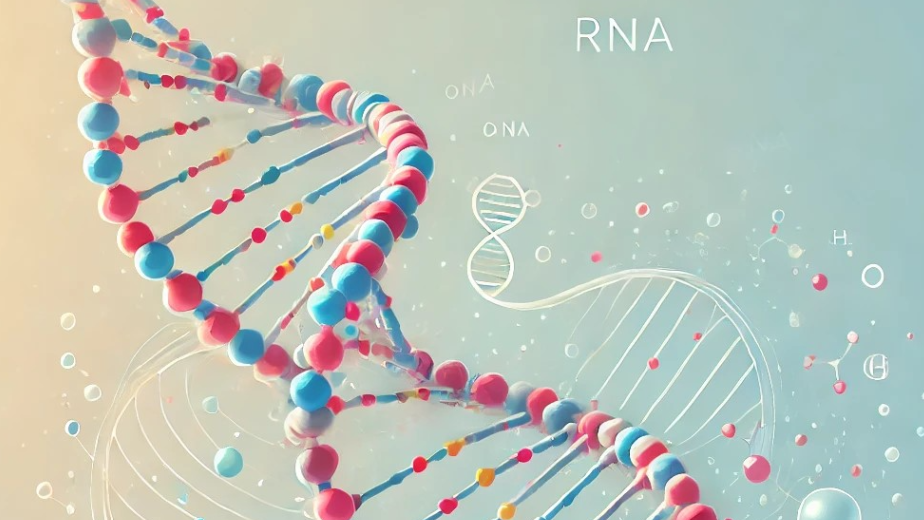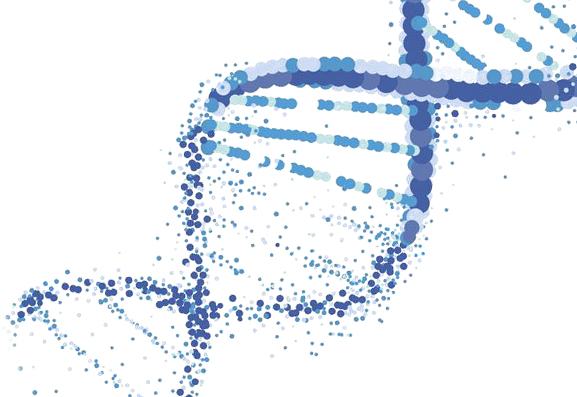最新动态
RESOURCES
13
02/2025
The Impact of Endotoxin on Cell Editing Efficiency: A Comparative Study of 293T and A549 Cells

RNA synthesis has been widely applied in gene editing, vaccine development, and disease treatment. However, the RNA synthesis process may result in residual endotoxins. To investigate whether endotoxin affects cell editing efficiency, our company conducted the following experiment.
check the details
12
10/2024
After receiving gene therapy for a rare disease, seven children develop blood cancer

Among 67 children treated with Bluebird Bio's gene therapy for a rare neurological disease, seven have developed blood cancer so far, with one child unfortunately passing away.
check the details
26
09/2024
Ultra-compact TnpB gene editing tool with an editing efficiency of up to 75%

The TnpB system is not only small in size but also possesses powerful gene-editing capabilities, bringing a new breakthrough to gene-editing technology.
check the details
24
06/2024
New Breakthrough in Gene Editing: eePASSIGE System

Recently, David Liu's team has made another breakthrough in gene editing technology. The new system, eePASSIGE, can insert exogenous fragments up to 10kb in length, with an integration efficiency 16 times higher than previous systems.
check the details


